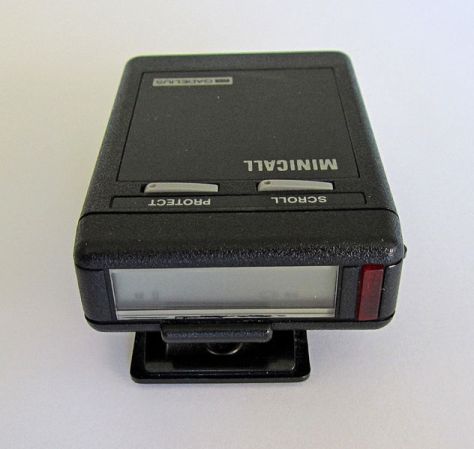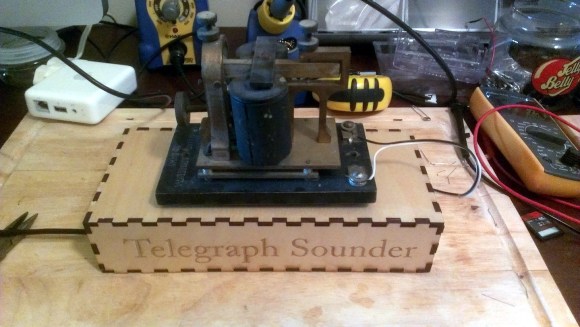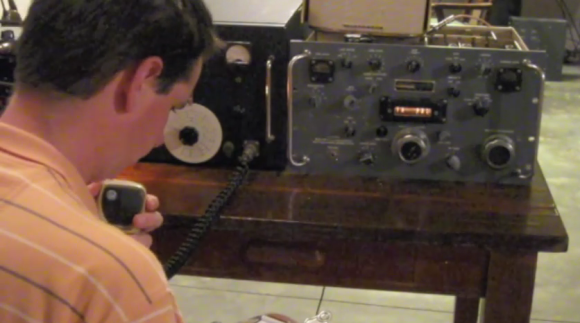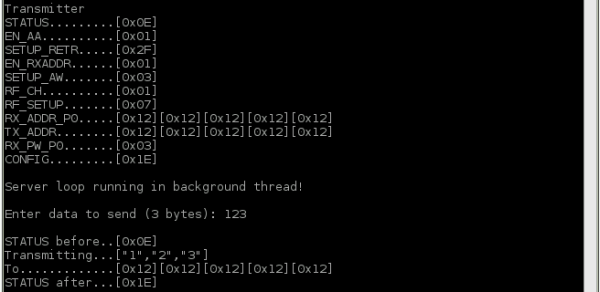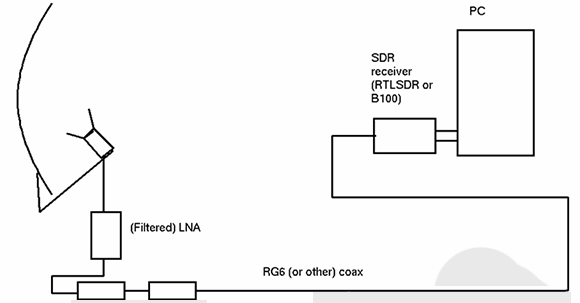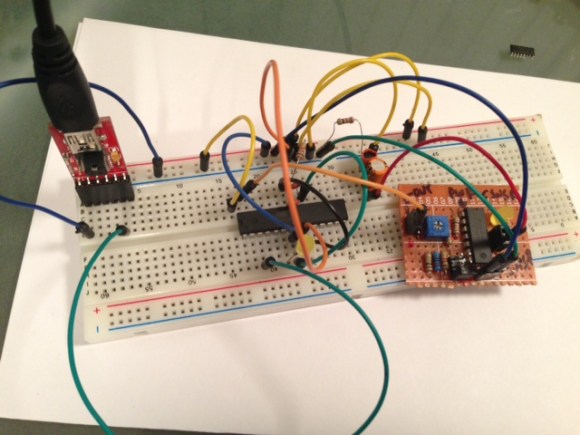
[Scott Harden] continues his work on a high precision crystal oven. Being able to set a precise temperature depends on the ability to measure temperature with precision as well. That’s where this circuit comes in. It’s based around an LM335 linear temperature sensor. He’s designed support circuitry that can read temperature with hundredth-of-a-degree resolution.
Reading the sensor directly with an AVR microcontroller’s Analog-to-Digital Converter (ADC) will only yield about 1-2 degrees of range. He approached the problem by amplifying the output of the sensor to target a specific range. For the demonstration he adjusts the swing from 0-5V to correspond to a room temperature to body temperature range.
Of course he’s using analog circuitry to make this happen. But before our digital-only readers click away you should view his video explanation. This exhibits the base functionality of OpAmps. And we think [Scott] did a great job of presenting the concepts by providing a clear and readable schematic and explaining each part slowly and completely.
So what’s this crystal oven we mentioned? It’s a radio project that goes back several years.
Continue reading “Crystal Oven Temperature Sensor Reads 0.01F Resolution”

